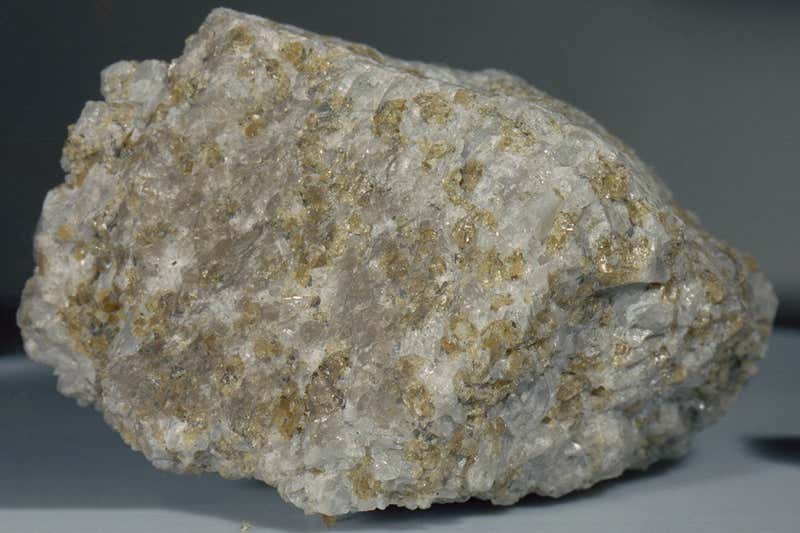Scientists find hydrogen in Apollo moon rocks, suggesting astronauts can harvest lunar water
Future astronauts could harvest water available right on the moon to use as rocket propellant and for life support.

A fresh analysis of moon rocks brought home during the Apollo missions has, for the first time, revealed the presence of hydrogen. This finding suggests future astronauts could someday use water available right on the moon for life support and rocket fuel.
Researchers with the U.S. Naval Research Laboratory (NRL), to whom NASA provided the lunar samples for a research study, announced last week that they discovered hydrogen in lunar soil sample 79221. The detected hydrogen is thought to have been brought into existence by incessant showers of solar wind, and even comet strikes, on the moon.
"Hydrogen has the potential to be a resource that can be used directly on the lunar surface when there are more regular or permanent installations there," study lead author Katherine Burgess, a geologist at NRL, said in a statement. "Locating resources and understanding how to collect them prior to getting to the moon is going to be incredibly valuable for space exploration.
Related: Mysterious magnetism in Apollo moon rocks is natural in origin, new study finds
Per one NASA estimate, it would cost thousands of dollars to launch a bottle of water to the moon. So to cut costs, ice on the moon can be used in-situ as water for astronauts — and, in fact, may also be broken down into its components (hydrogen and oxygen) to be used as rocket fuel for journeys between the moon and Earth. Perhaps it can be used to bring humans to Mars as well someday; perhaps beyond.
In 2020, data from SOFIA, a now-retired, flying infrared telescope, showed that water on the moon may be sprinkled as ice across its surface, rather than in pools limited to permanently shadowed regions near the north and south lunar poles.
Interestingly, Apollo astronauts had collected lunar rocks not from near the south pole of the moon, where many countries hope to establish long-term presence, but from near its equator. Thus, the new findings "have important implications for the stability and persistence of molecular hydrogen in regions beyond the lunar poles," scientists write in the new study.
Breaking space news, the latest updates on rocket launches, skywatching events and more!
India's Chandrayaan-3 moon mission, which deposited a now-dormant robotic lander-rover duo near the lunar south pole, revealed another intriguing element on the surface — sulfur, and perhaps in higher amounts than previously thought. This element may one day help astronauts develop storage batteries and other infrastructure on the moon.
This research is described in a paper published on Nov. 15 in the journal Communications Earth & Environment.

Sharmila Kuthunur is an independent space journalist based in Bengaluru, India. Her work has also appeared in Scientific American, Science, Astronomy and Live Science, among other publications. She holds a master's degree in journalism from Northeastern University in Boston.
